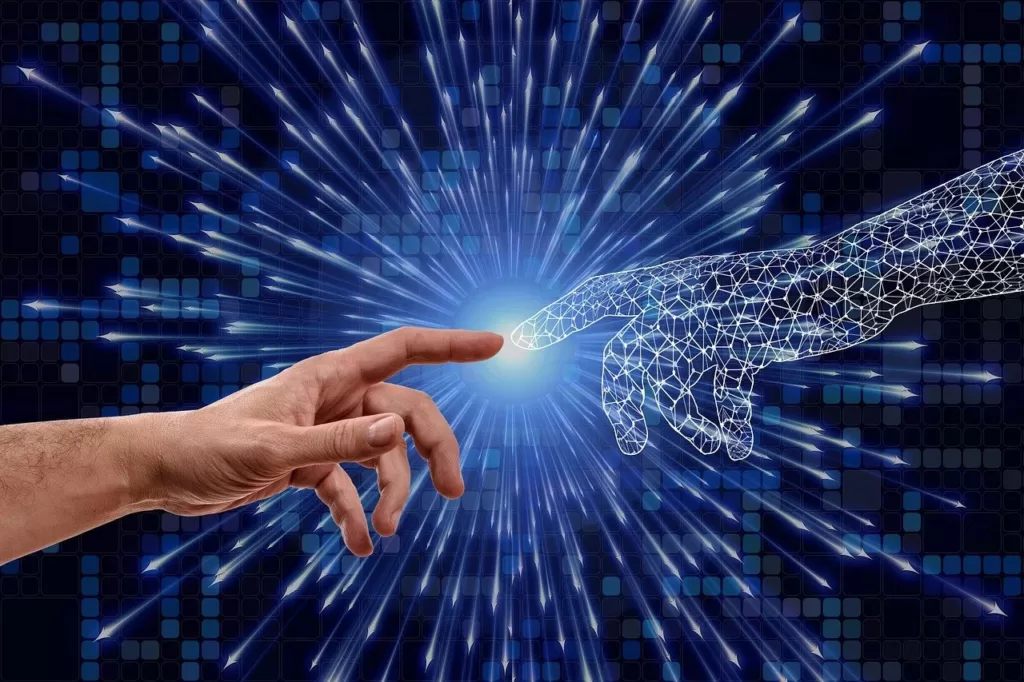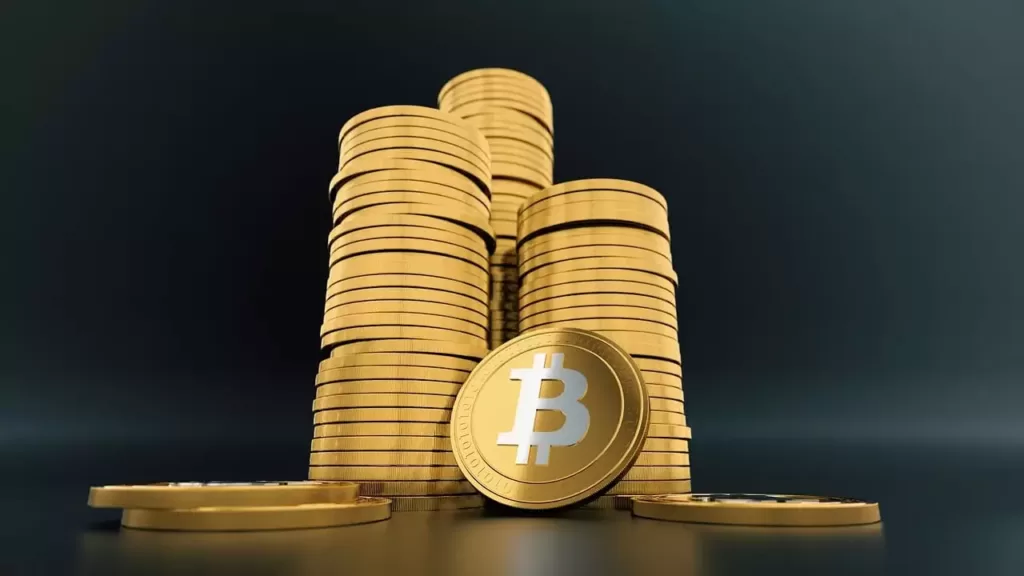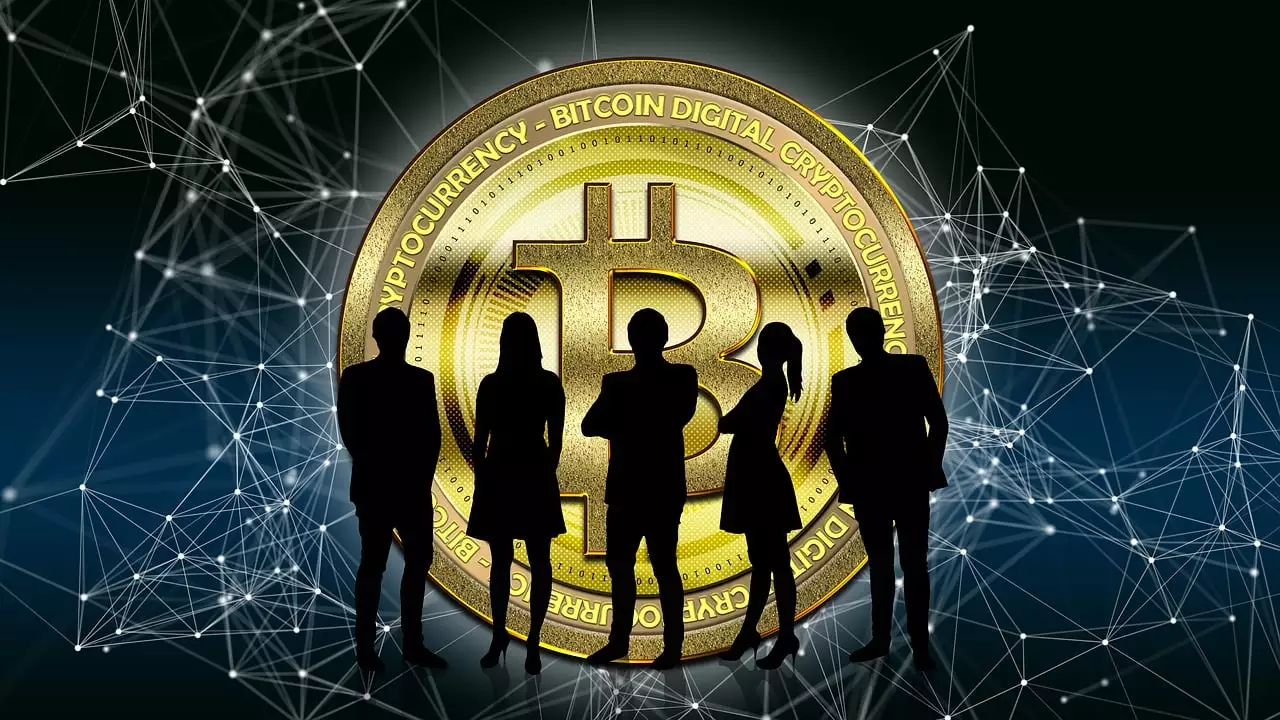I. Introduction
In today’s digital landscape, blockchain technology has evolved beyond its association with cryptocurrencies like Bitcoin. It has emerged as a transformative force with the potential to revolutionize various industries. This article explores the diverse real-world applications of blockchain technology, shedding light on its capabilities and how it can reshape the way we conduct business and interact with technology.
Table of Contents
II. Understanding Blockchain Technology
A. Core Principles of Blockchain
Blockchain operates on a decentralized and distributed ledger system. It consists of a chain of blocks, each containing a record of transactions. These transactions are securely linked and timestamped, creating a transparent and tamper-resistant ledger.
B. How Blockchain Ensures Security and Transparency
Blockchain’s security is rooted in its cryptographic algorithms and consensus mechanisms. Once data is recorded on the blockchain, it becomes extremely difficult to alter, ensuring data integrity. Additionally, transparency is maintained as all participants have access to the same version of the ledger.
C. Comparison with Traditional Centralized Systems
Compared to traditional centralized systems, blockchain offers greater security, transparency, and control. While centralized systems are susceptible to single points of failure and unauthorized access, blockchain’s decentralized nature mitigates these risks.

Image by Gerd Altmann from Pixabay
III. Blockchain in Supply Chain Management
A. Enhancing Traceability and Transparency
Blockchain enables end-to-end traceability of products by recording every step of the supply chain on an immutable ledger. This transparency helps detect and address issues like fraud, theft, and unethical practices.
B. Preventing Fraud and Counterfeiting
By providing a secure and transparent record of transactions, blockchain reduces the risk of counterfeit products entering the supply chain. Consumers can verify the authenticity of products before purchase.
C. Streamlining Logistics and Reducing Inefficiencies
Blockchain streamlines logistics processes by automating documentation and reducing paperwork. This efficiency translates to faster and more cost-effective movement of goods.
IV. Decentralized Finance (DeFi) Applications
A. Introduction to DeFi and Its Significance
Decentralized Finance (DeFi) leverages blockchain to create an open and permissionless financial ecosystem. It enables individuals to access financial services without intermediaries.
B. Decentralized Lending and Borrowing Platforms
DeFi platforms facilitate peer-to-peer lending and borrowing, allowing users to lend their assets and earn interest or borrow assets by providing collateral.
C. Automated Market Makers and Decentralized Exchanges
Automated market makers (AMMs) use smart contracts to enable decentralized trading. This innovation enhances liquidity and reduces the need for traditional exchanges.

V. Healthcare and Electronic Health Records (EHRs)
A. Securing Patient Data Through Blockchain
Blockchain ensures the security and privacy of electronic health records (EHRs) by encrypting and decentralizing patient data.
B. Interoperability and Data Sharing Among Healthcare Providers
Blockchain promotes seamless data sharing among healthcare providers while maintaining patient consent and data integrity.
C. Improving Transparency in Medical Research and Clinical Trials
Blockchain enhances transparency in medical research by providing an auditable trail of data, ensuring the credibility of clinical trials and research outcomes.
VI. Blockchain in Identity Management
A. Self-Sovereign Identity and User Control
Blockchain allows individuals to have control over their digital identities, reducing the risk of identity theft.
B. Eliminating Identity Theft and Fraud
By storing identity data on a tamper-proof ledger, blockchain reduces the risk of fraudulent identity activities.
C. Cross-Border Identification and Authentication
Blockchain simplifies cross-border identification and authentication, streamlining processes like immigration and customs.

VII. Real Estate and Property Transactions
A. Tokenization of Real Estate Assets
Blockchain enables the tokenization of real estate assets, allowing fractional ownership and enhancing liquidity.
B. Smart Contracts for Seamless Property Transfers
Smart contracts automate property transfers, reducing the need for intermediaries and minimizing transaction costs.
C. Reducing Paperwork and Transaction Costs
Blockchain reduces the administrative burden and costs associated with real estate transactions.
VIII. Blockchain in Energy and Utilities
A. Peer-to-Peer Energy Trading
Blockchain facilitates peer-to-peer energy trading, enabling individuals to buy and sell excess energy directly.
B. Grid Management and Renewable Energy Integration
Blockchain optimizes grid management and promotes the integration of renewable energy sources into existing systems.
C. Enhancing Energy Efficiency and Tracking Consumption
Smart meters connected to the blockchain allow for accurate tracking of energy consumption and incentivize energy efficiency.
IX. Digital Voting and Elections
A. Secure and Transparent Voting Systems
Blockchain ensures the security and transparency of voting systems, reducing the risk of tampering and fraud.
B. Prevention of Voter Fraud and Tampering
Immutable records on the blockchain make it extremely difficult to manipulate voting results.
C. Increasing Voter Turnout Through Remote Participation
Blockchain enables remote and secure voting, potentially increasing voter turnout and engagement.

X. Intellectual Property and Copyright Protection
A. Time-Stamping and Proving Ownership
Blockchain’s timestamping feature can serve as proof of ownership for intellectual property.
B. Immutable Records for Patents and Creative Works
Blockchain ensures the integrity and uniqueness of patents, copyrights, and creative works.
C. Enforcing Copyright and Fair Use
Blockchain helps monitor and enforce copyright agreements, ensuring creators are fairly compensated.
XI. Agriculture and Food Traceability
A. Verifying the Origin of Food Products
Blockchain enables consumers to trace the origin of food products, promoting food safety and authenticity.
B. Ensuring Food Safety and Quality
By tracking each step of the supply chain, blockchain helps identify and address potential issues affecting food quality.
C. Empowering Consumers with Product Information
Consumers can access detailed information about the products they purchase, fostering trust and informed choices.
XII. Cross-Border Payments and Remittances
A. Swift and Cost-Effective International Transfers
Blockchain facilitates fast and cost-effective cross-border payments, particularly beneficial for remittances.
B. Financial Inclusion for the Unbanked and Underbanked
Blockchain opens financial opportunities for individuals who lack access to traditional banking services.
C. Reducing Currency Exchange Complexities
Blockchain eliminates intermediaries in currency exchange, simplifying the process for international transactions.
XIII. Governance and Public Services
A. Transparent and Corruption-Free Public Administration
Blockchain enhances transparency in government operations, reducing corruption and increasing public trust.
B. Efficient Delivery of Government Benefits and Services
Smart contracts automate the delivery of government benefits, reducing delays and inefficiencies.
C. Implementing Smart Contracts in Public Projects
Blockchain-based smart contracts ensure accountability and efficiency in public projects.
XIV. Charity and Donations
A. Tracing the Flow of Charitable Funds
Blockchain provides transparency in charitable donations, ensuring funds are used as intended.
B. Ensuring Donations Reach Intended Beneficiaries
Smart contracts release funds only when predetermined conditions are met, ensuring donations reach the right recipients.
C. Building Trust and Accountability in the Nonprofit Sector
Blockchain enhances trust in the nonprofit sector by providing verifiable records of charitable activities.
XV. Enhanced Cybersecurity with Blockchain
A. Immutable Records for Cybersecurity Incidents
Blockchain maintains an immutable record of cybersecurity incidents, aiding in post-incident analysis.
B. Zero-Trust Authentication and Access Control
Blockchain enhances cybersecurity by implementing zero-trust authentication and access controls.
C. Mitigating DDoS Attacks and Data Breaches
Blockchain’s decentralized nature can mitigate the impact of Distributed Denial of Service (DDoS) attacks and data breaches.

XVI. Entertainment and Royalty Distribution
A. Fair Distribution of Royalties and Revenue
Blockchain ensures fair and transparent distribution of royalties to artists and content creators.
B. Transparency in Content Usage and Monetization
Blockchain allows creators to monitor the usage of their content and ensures proper monetization.
C. Empowering Artists and Creators
Blockchain provides artists with more control over their work and a direct relationship with their audience.
XVII. Smart Cities and Internet of Things (IoT)
A. Integrating IoT Devices with Blockchain
Blockchain enhances IoT by providing a secure and tamper-proof way to manage and share data from connected devices.
B. Improving Urban Planning and Infrastructure Management
Data from IoT devices can be securely stored on the blockchain, facilitating data-driven urban planning.
C. Enabling Data-Driven Decision-Making
Blockchain empowers cities to make informed decisions based on accurate and transparent data.
XVIII. Frequently Asked Questions (FAQs)
A. What Is Blockchain Technology, and How Does It Work?
Blockchain is a decentralized ledger technology that securely records and verifies transactions across multiple computers.
B. How Is Blockchain Different from Traditional Databases?
Unlike traditional databases, blockchain doesn’t rely on a central authority and offers tamper-proof data storage.
C. Can Blockchain Be Hacked?
Blockchain’s cryptographic algorithms make it highly secure, but no system is entirely immune to hacking.
D. What Are Smart Contracts?
Smart contracts are self-executing contracts with terms directly written into code.
E. Is Blockchain Energy-Efficient?
Blockchain’s energy efficiency depends on its consensus mechanism; some variations are more energy-efficient than others.
F. What Industries Can Benefit from Blockchain Beyond Cryptocurrency?
Industries such as supply chain, healthcare, finance, and more can benefit from blockchain technology.
G. How Does Blockchain Enhance Supply Chain Transparency?
Blockchain provides an immutable record of every step in the supply chain, ensuring transparency and traceability.
H. Are There Any Legal Challenges to Using Blockchain in Real Estate?
Legal challenges include regulatory concerns and the recognition of blockchain-based property records.
I. How Can Blockchain Improve Cybersecurity?
Blockchain’s immutability and cryptographic features can enhance data security and identity management.
J. What Are the Limitations of Blockchain Technology?
Limitations include scalability issues, energy consumption, and potential regulatory hurdles.
XIX. Conclusion
In conclusion, blockchain’s potential extends far beyond cryptocurrency. Its real-world applications span across industries, offering enhanced security, transparency, and efficiency. As we continue to explore and harness its capabilities, blockchain technology has the power to reshape how we interact with digital systems and transform various aspects of our lives.

